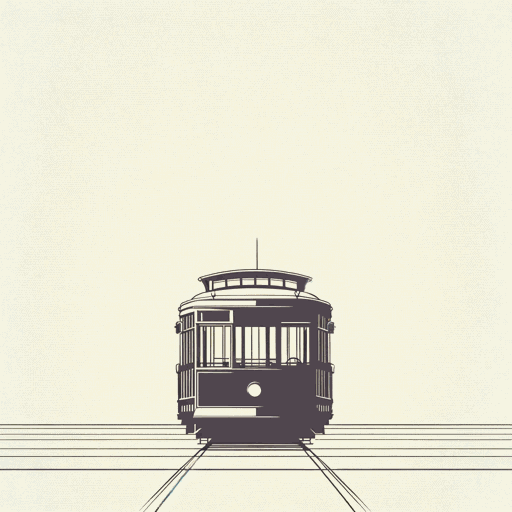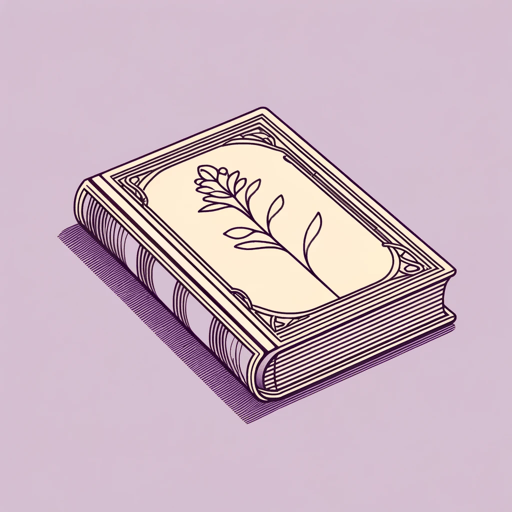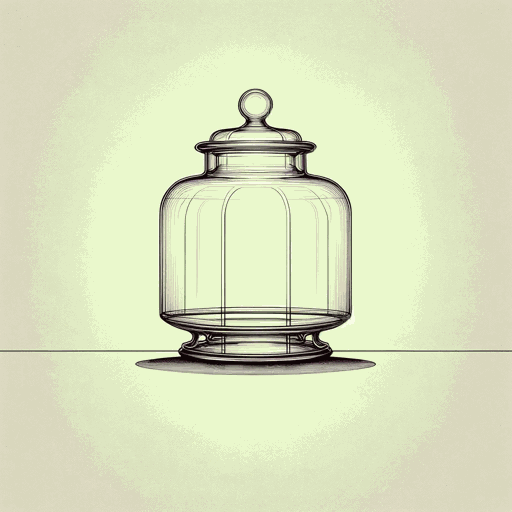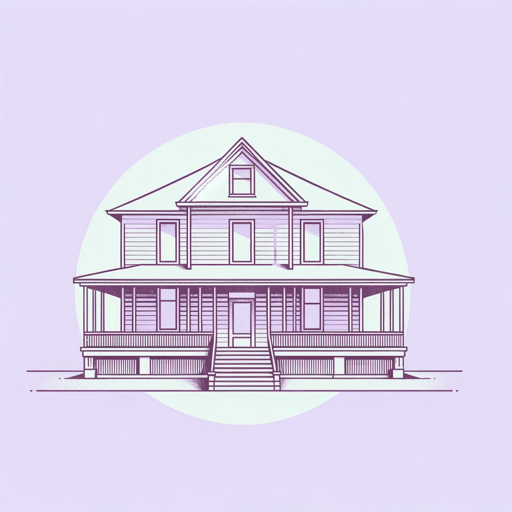40 pages • 1 hour read
Tennessee WilliamsCat on a Hot Tin Roof
Fiction | Play | Adult | Published in 1955A modern alternative to SparkNotes and CliffsNotes, SuperSummary offers high-quality Study Guides with detailed chapter summaries and analysis of major themes, characters, and more.
Symbols & Motifs
The Bed
Content Warning: This section of the guide describes and discusses the play’s treatment of alcohol addiction.
In the opening stage directions of Cat on a Hot Tin Roof, Tennessee Williams stipulates that the set should include and often use a bed. This is the bed that Brick refuses to share with Maggie, which belonged to the former owners of the plantation, Jack Straw and Peter Ochello—who were presumably lovers. Given this history, the bed symbolizes Brick’s repressed desire for men and how this impedes his and Maggie’s relationship, which is compounded by Brick and Skipper’s relationship. It also represents the centrality of the couple’s marital difficulties, as their childlessness threatens their status as Big Daddy’s heirs. Situated in the middle of the set with Big Daddy’s birthday party taking place around it, the bed speaks to the lack of privacy in the Pollitt house—specifically, Maggie, Gooper, and Mae’s tendency to spy, eavesdrop, and gossip.
The Cat
Throughout the play, Maggie describes herself as a cat on a hot tin roof. She uses this metaphor to represent the discomfort of her life, her childhood in poverty and now, her loveless marriage to Brick. Although she could jump off the “roof” (marriage), Brick points out that cats always “land on their four feet uninjured” (624); thus, Maggie is determined to stay on the roof as long as possible.
Related Titles
By Tennessee Williams

A Streetcar Named Desire
Tennessee Williams

Orpheus Descending
Tennessee Williams

Suddenly, Last Summer
Tennessee Williams

Sweet Bird of Youth
Tennessee Williams

The Glass Menagerie
Tennessee Williams

The Night of the Iguana
Tennessee Williams

The Rose Tattoo
Tennessee Williams
Featured Collections
Books that Feature the Theme of...
View Collection
Books that Feature the Theme of...
View Collection
Dramatic Plays
View Collection
Family
View Collection
Pride Month Reads
View Collection
Pulitzer Prize Fiction Awardees &...
View Collection
Southern Gothic
View Collection
Truth & Lies
View Collection

